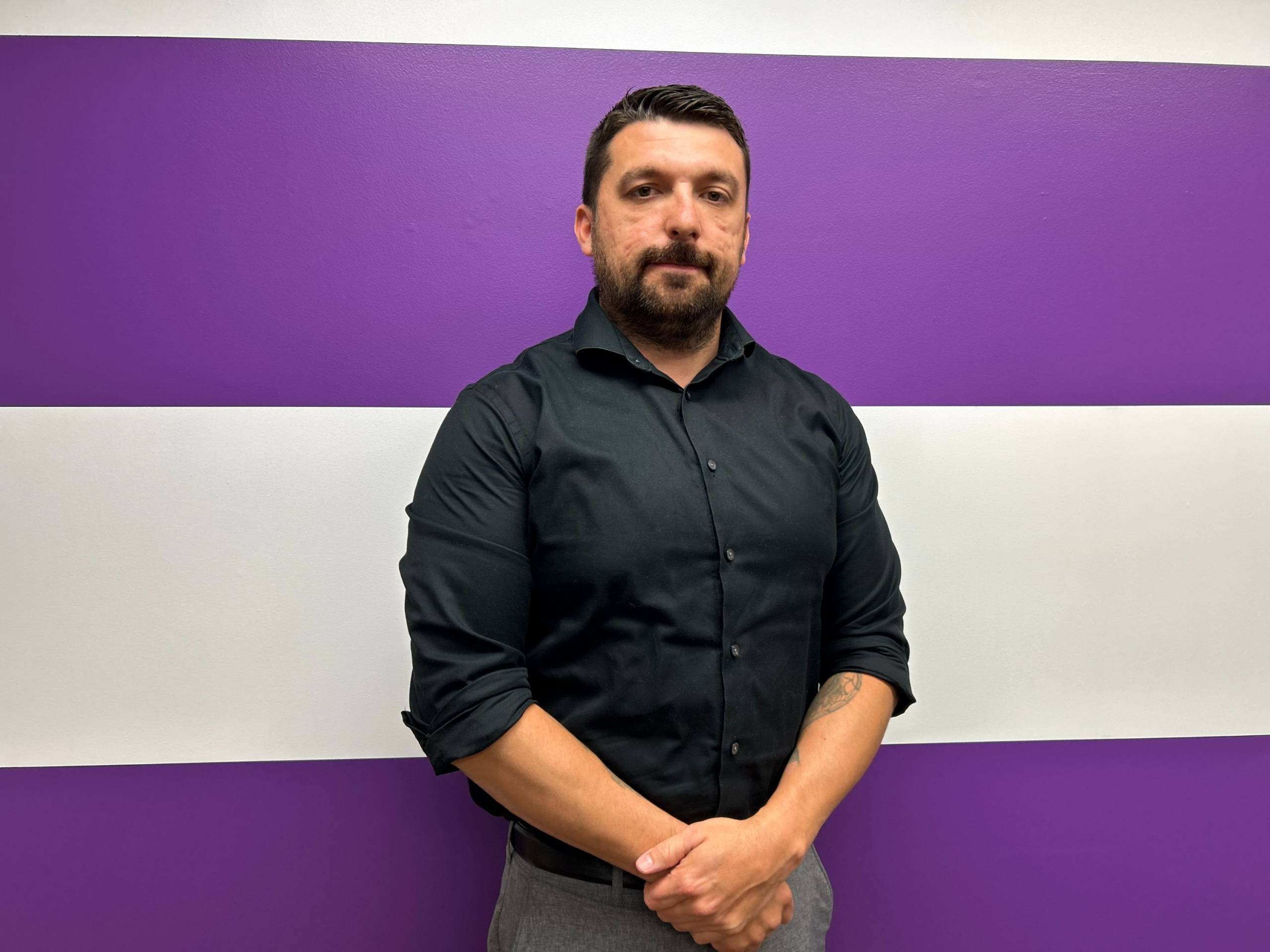Grand Chief Cody Diabo and his vision of Kahnawake

Grand Chief of Kahnawake, Cody Diabo. (Photo : Le Soleil – Tristan Ouimet)
Grand Chief Cody Diabo’s vision for Kahnawake is clear: to reclaim territory that belonged to the Mohawk community. However, he is open to talking with anyone, whether it be the federal and provincial governments or municipalities, to negotiate, come up with solutions, and make the issues of Kahnawake understood, across various matters.
“For hundreds of years, we have always given, but we need to and must put our foot down”, he says. “I think communication is always key and important as well for the general population to understand maybe why we do things the way we do. With the federal and provincial governments, we need to try to negotiate, try to come up with solutions to move forward together and not interfere with each other’s business sort of speak.”
Mr. Diabo answered questions from Gravité Média about some current issues in Kahnawake and his priorities.
Q: Besides reclaiming territory, what are your other priorities?
A: “Oh well, there are always priorities, and it is only three years. So, try as much as we can get done in the three years. But beefing up our legislative system, our judicial system, really occupying the field, which we do in different sectors. Just continuing going forward in that.”
Q: How are your relations with neighboring municipalities?
A: “Well, I am willing to talk to anyone. I don’t know what the future holds, but we are neighbors right now, but therefore things break down any further, we need to be able to talk each other and understand. We have communication channels. So, with the MRC of Roussillon, we need to know what their plans are and make them understand why we oppose certain things.”
Q: Before your political career, you were a peacekeeper for six years. In an interview with Dwayne Zacharie in October, he said the Peacekeepers don't have a lot of funding from the federal government, which doesn't allow them to upgrade their equipment and it's becoming difficult to recruit. In this context, what initiatives could the new Mohawk Council undertake to support the Peacekeepers?
A: “At the end of the day, the Peacekeepers are handling a lot of causes from people travelling through the territory. There are two major infrastructures and a few small highways that are leading to our territory, towards the Mercier Bridge. We have about 120,000 vehicules crossing the Mercier Bridge every day, and we have a population of only about 7,000. So, how is it that the federal and provincial government funds are nowhere near the accurate amount to monitor 120,000 individuals? The federal government must understand that the Peacekeepers are not just there to “police” our citizens; it is also to “police” their citizens. While they are driving through the territory, there are speeding infractions, and there could be some criminal infractions. So, we need more funds because our community should not bear the cost to fund our police for Quebec and Canada’s citizens.”
Q: The sight of lines of cars on the ramp from Route 138 to the Mercier Bridge from Route 207 every morning is familiar and unpleasant for many residents of the Kahnawake community. The Quebec Ministry of Transport has installed traffic counters on this road, on July 8. Do you know the results of them?
A: “I will probably check internally, but from my understanding, the Ministry is conducting this operation over a long period, and it has only been a month. So, it is possible that we do not have the results yet, or they are currently being compiled. It is a big issue. It is a residential road, and we are looking at different ways to improve the quality of life for our residents. There is traffic for everyone. In the morning, some people take them for 5 minutes car drive, 30 to 45 minutes.”